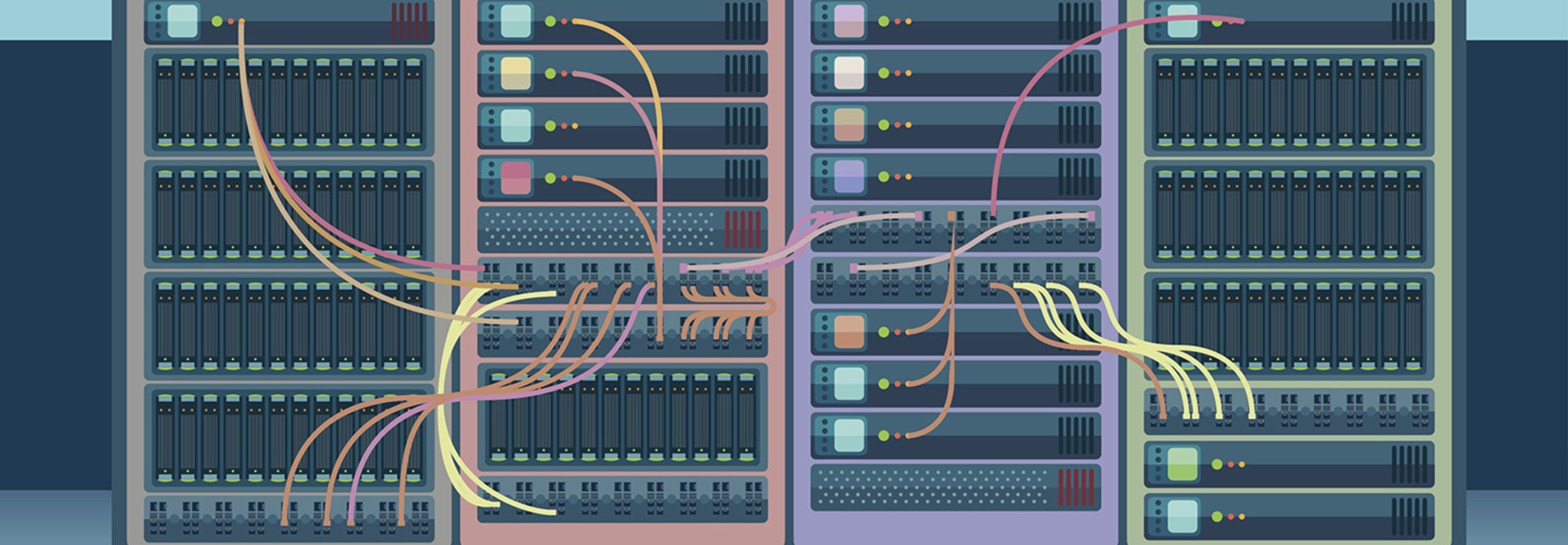Assessing Cloud Backup and Disaster-Recovery Strategies
During my senior year in college, unfortunately, many moons ago, I recall an instance where I was furiously trying to finish my senior design lab project with my teammates. Somewhat delirious from lack of sleep and too much caffeine, we were finishing the final pieces of our 200-page proposal and thesis when the unthinkable happened: blue screen on my laptop.
What a time for my computer to crash! Mind you, this was before the cloud-based collaboration solution days, so we didn’t have the luxury of using a cloud-based approach to simultaneously work on the proposal and have it auto-saved to the cloud.
Thankfully, my teammate had backed up and saved an older version of the proposal to a floppy disk. (Remember those?) Without that, our team would have been in a lot of trouble, and the University of Illinois might have gotten a few more fifth-year seniors.
New Technologies Means Better Backups
Nowadays, backup options have improved from the floppy disk. Backup and disaster recovery (DR) are frequent conversations that my fellow cloud client executives and I have with our customers.
In healthcare, as in other industries, information is king and backup of that information and data is crucial. What happens if the server the data sits on is corrupted? Or if a natural disaster wipes out an organization’s main data center and the entire operation is down? Now, more than ever, it’s critical for healthcare organizations to rethink their current backup and disaster-recovery strategies.
Backup essentially means keeping copies of active data and having the ability to restore those files if needed. While there are many organizations still backing up to tape and, in some cases, even keeping those tapes onsite, cloud-based options are now available to help with storage and backup, all while getting the data offsite. In addition, recovery of that data from cloud-based options is much easier and faster than trying to recover from tape.
Disaster Recovery Made Easy with the Cloud
On the other hand, disaster recovery is designed to protect the business and its operations. Organizations must undergo a business impact analysis to determine how a critical event would affect sales and revenue, corporate image, and regulatory and contractual obligations.
When evaluating a business continuity plan, consider the following:
- Do I need the ability to run applications in the event of an emergency?
- What are my organization’s recovery time and recovery point objectives?
Many healthcare organizations have a secondary data center serving as their non-production disaster recovery site. In some instances, this secondary location is located only a few miles away from the primary data center. With the secondary data center, organizations not only have to procure and make capital investments in the infrastructure needed, they’re also responsible for required annual tests of the DR plan and the failover to and from the main data center.
As a result of these complex responsibilities, many organizations are reevaluating their business continuity plans.
As my friend and colleague, Eric Ludwig, points out in a blog post, rather than build a second home or data center, healthcare organizations can leverage cloud-based disaster recovery as a service (DRaaS) as an insurance policy for their organizations. DRaaS can serve as a warm, active site available in the event of a disaster. Since there is no capital expense required and the annual test and failover are the responsibility of the provider, it ultimately saves organizations capital, time and resources.
Ultimately, in the event of a data loss or disaster, organizations would rather be in the position of saying “I’m glad I had that” than “I wish I had that.” I know I am!









